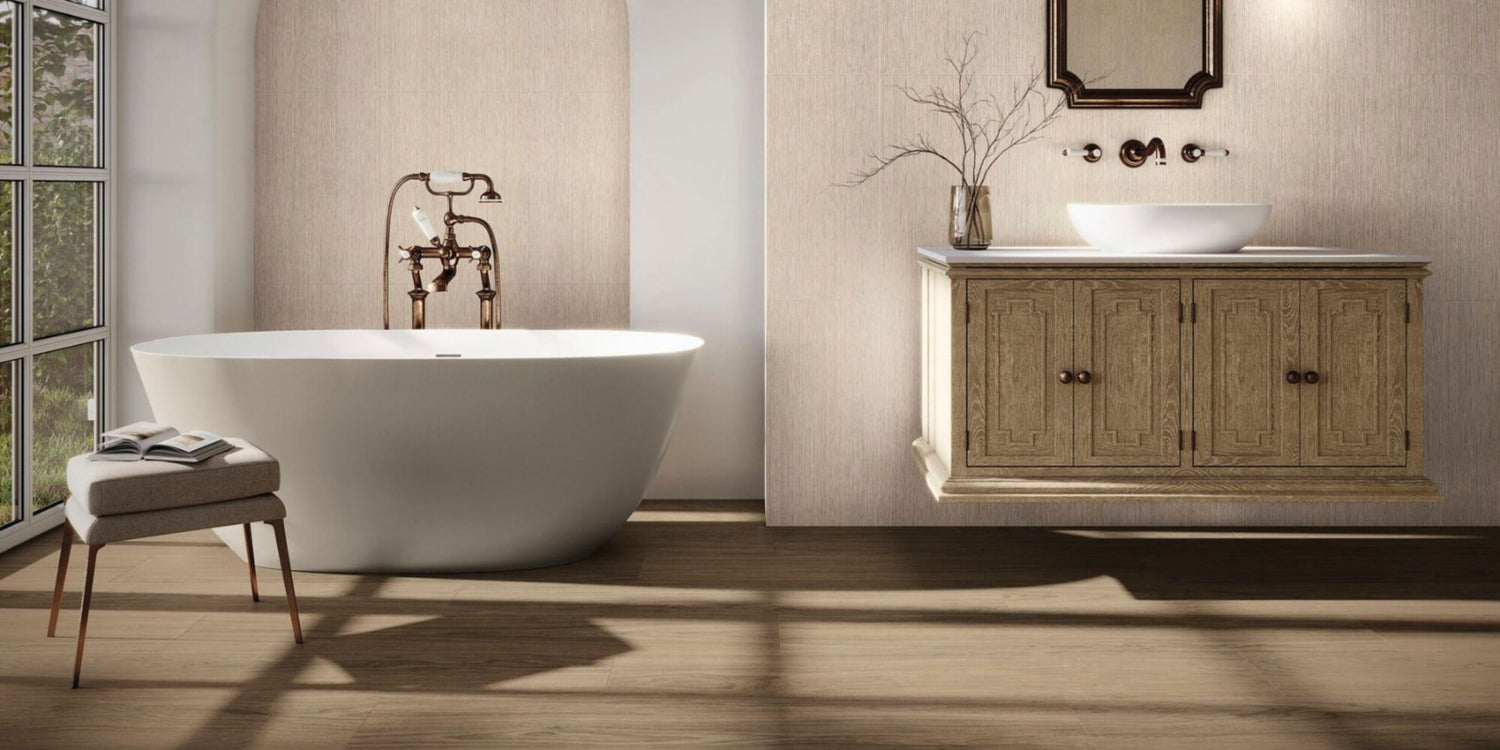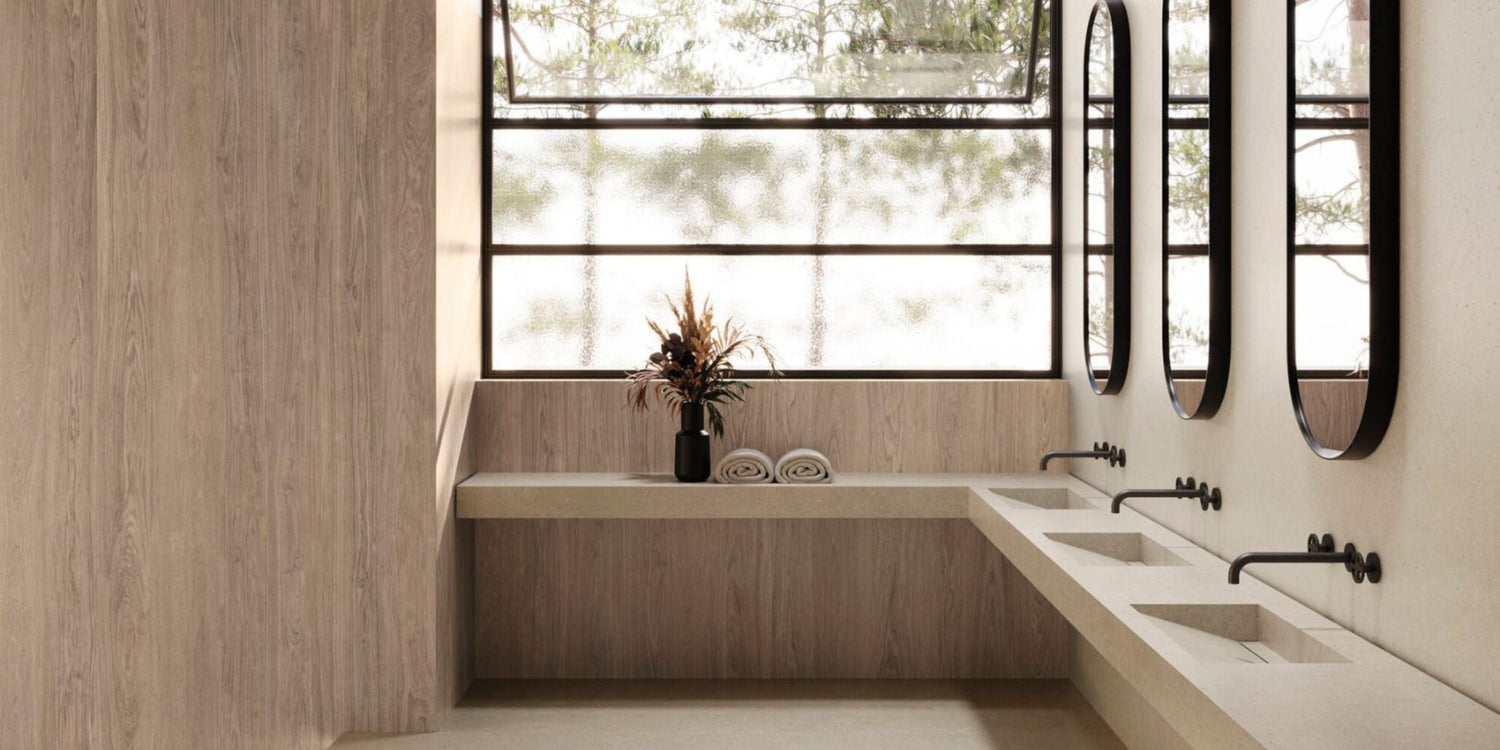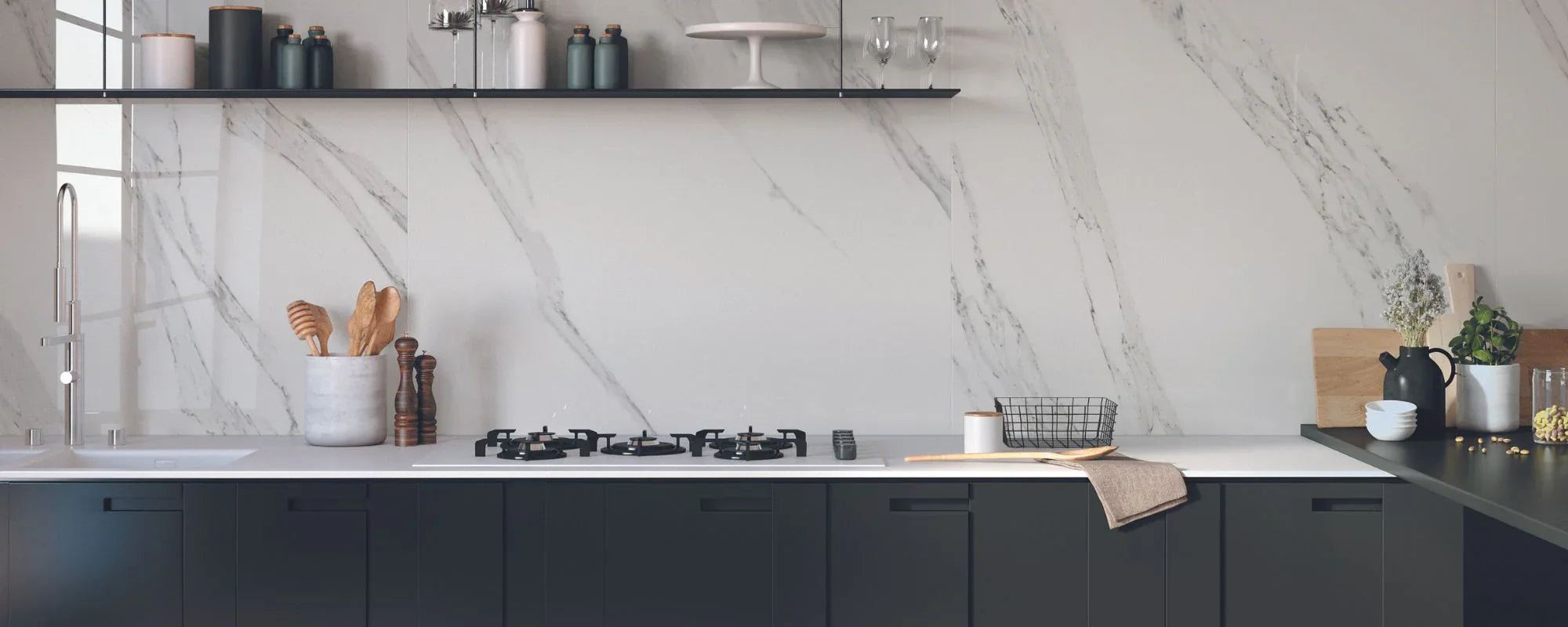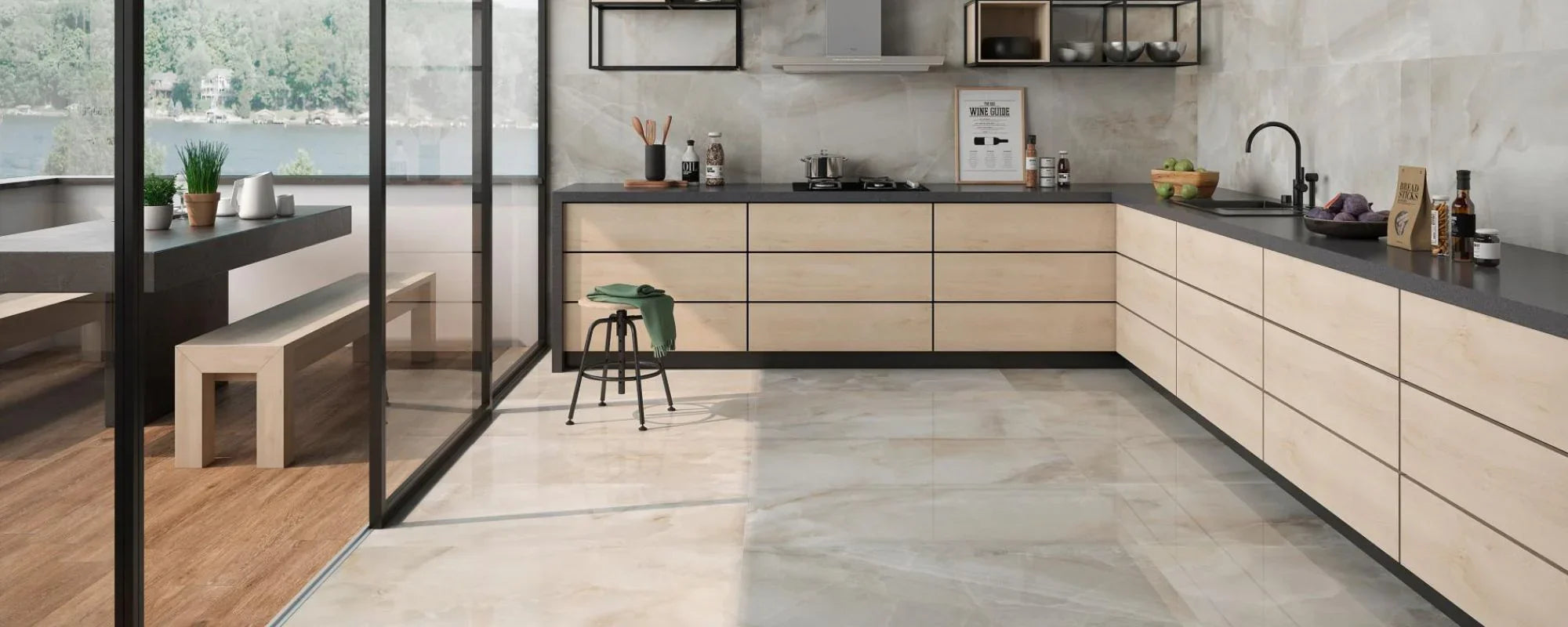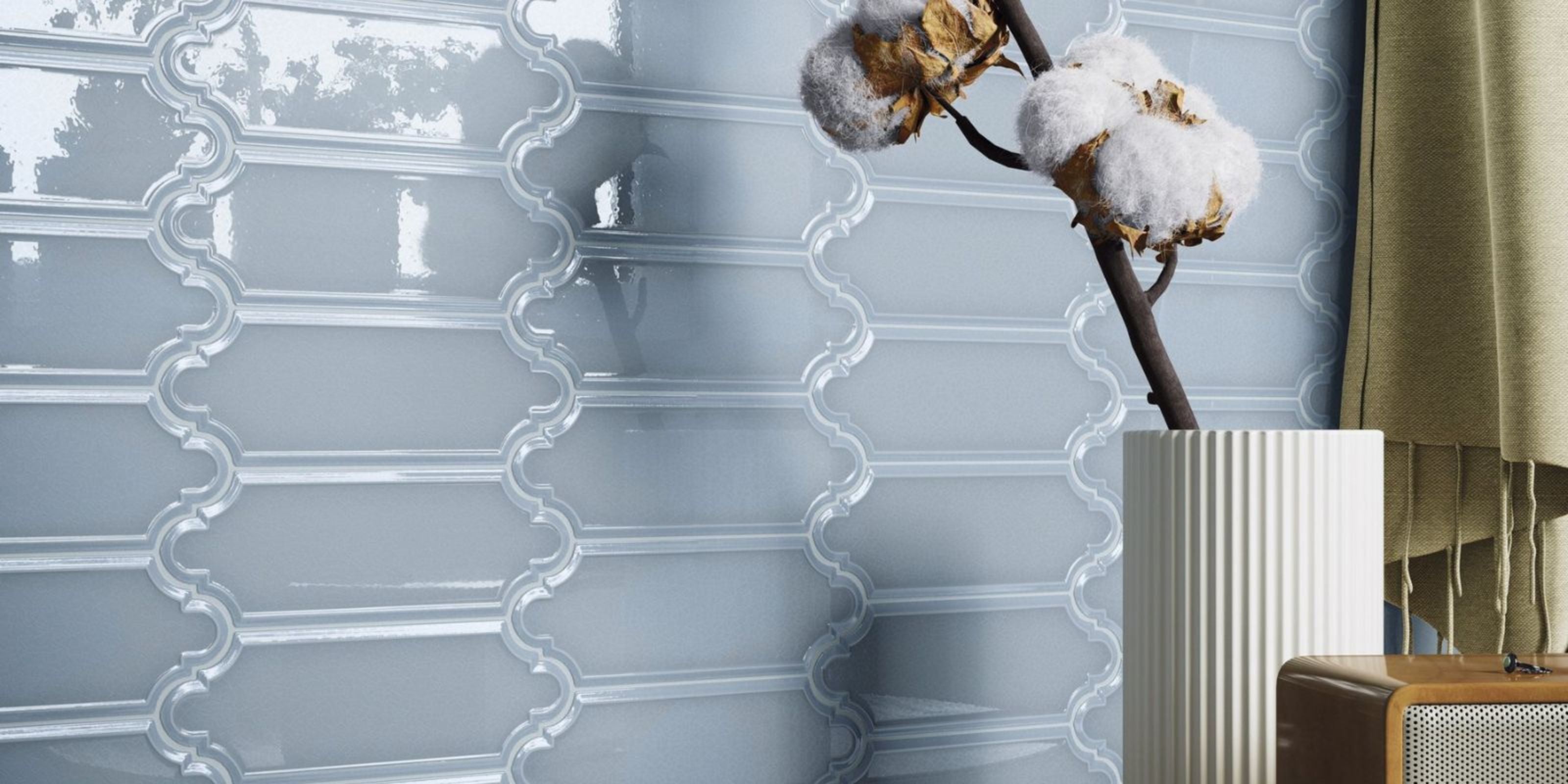
The Complete Guide to Tile Cleaning
Written by: Halima Bapu
When you invest in high-quality discount tiles, using clean water for regular maintenance is essential. Consistent cleaning not only keeps your tiles looking their best on both floor and other surfaces, but also enhances their durability, extending their lifespan and preserving their original appearance.
Tile cleaning involves various factors, including the type of tile, the level of foot traffic, and exposure to dirt and moisture. Managing the tile cleaning upkeep can be tricky, especially if your home features multiple types of tiles. that each require different care routines and cleaning products.
To assist you in navigating this, we’ve created a comprehensive guide to tile cleaning. In this guide, we cover how to properly clean different tile materials, recommend the most suitable products for each type, explain when and how to perform deep cleaning, and share useful tips and tricks to maintain your tiles in pristine condition for years to come.
Why Is Cleaning Your Tiles So Important?
Keeping your tiles clean isn’t just about aesthetics. Tiles, especially in kitchens and bathrooms, can collect grime, bacteria, and stubborn stains if left unattended. Regular cleaning helps prevent permanent damage from substances like kitchen grease, soap scum, or mineral deposits, which can erode and dull surfaces over time.
Clean tiles also contribute to a healthier home environment by reducing bacteria and allergens that can accumulate in grout lines and on tile surfaces. It is important that these substances are thoroughly removed during cleaning to ensure a truly clean and hygienic surface. In high-traffic areas like entryways, dirt build-up can lead to slipping hazards or permanent staining if not addressed promptly. Additionally, regular cleaning helps maintain the sealant and finish on your tiles, ensuring they stay sealed and protected against moisture and wear.
By following a consistent cleaning routine, you can extend the lifespan of your tiles, preserve their polished look, and ensure tiles remain clean and dry to avoid costly repairs or replacements down the line. Proper tile cleaning is an effective way to keep both the appearance and functionality of your floors and walls in top condition.
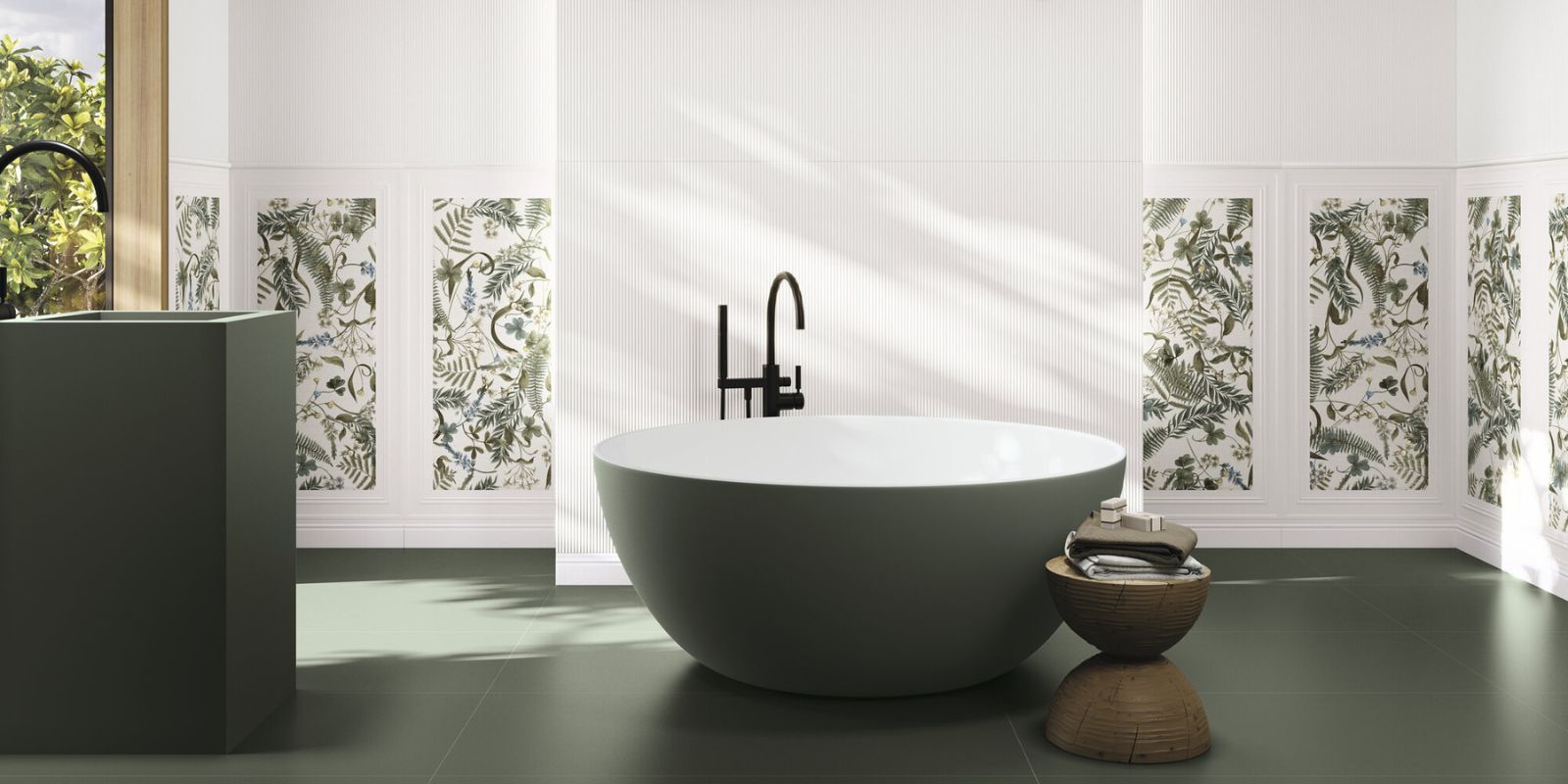
Types of Tiles
Tiles come in a wide variety of materials, each with its own unique look and cleaning requirements. Porcelain tiles and ceramic tiles are among the most popular choices for both floors and walls, thanks to their durability and ease of maintenance. These tiles can usually be cleaned with a combination of warm water and a suitable tile cleaner, making them ideal for busy households. Marble and slate tiles, on the other hand, are natural stone surfaces that require more specialised care to avoid damage using the wrong products can lead to etching or staining. Cement tiles are another stylish option, but they are more porous and may need gentle, pH-neutral cleaners to keep them looking their best. Understanding the type of tile you have is the first step in choosing the right cleaning products and methods, ensuring your surfaces remain spotless and protected.
How Often Should You Clean Your Tiles?
There’s no universal rule for tile cleaning frequency, it varies depending on the material, usage, and location in your home. However, here are some general guidelines to help you maintain your tiles effectively:
- Kitchen Tiles: Wipe down at least one to two times a week to remove grease, food spills, and other residues that can accumulate quickly in this high-use area. Regular cleaning prevents stubborn dirt build-up and keeps your kitchen hygienic.
- Bathroom Tiles: Clean one to two times weekly to prevent soap scum, mildew, and mould build-up caused by moisture. Bathrooms are prone to damp conditions, so consistent cleaning helps maintain both appearance and hygiene.
- High-Traffic Areas (like hallways): Clean two times a week, especially during rainy or muddy seasons when dirt and dust are more likely to be tracked indoors. Frequent cleaning prevents grime from embedding into grout and tile surfaces.
- Low-Traffic Areas (like pantries): Every two to three times per month is usually sufficient to keep dust and occasional dirt at bay without over-cleaning.
- Outdoor Tiles: Clean several times seasonally or after heavy use, such as following storms or gardening activities. Outdoor tiles are exposed to weather and debris, so periodic cleaning helps avoid staining and deterioration.
- Grout Lines: Aim for a deep grout clean every six months. Sometimes, you may need to repeat the process multiple times if there is significant discolouration. Grout is porous and can trap dirt, dust, and moisture, leading to discolouration and mould if neglected.
Adjust your cleaning schedule based on the specific conditions in your home. For example, households with children or pets may require more frequent maintenance to manage additional dirt, spills, and wear. Similarly, homes in dusty or wet climates might benefit from more regular cleaning to protect tile surfaces and grout from damage.
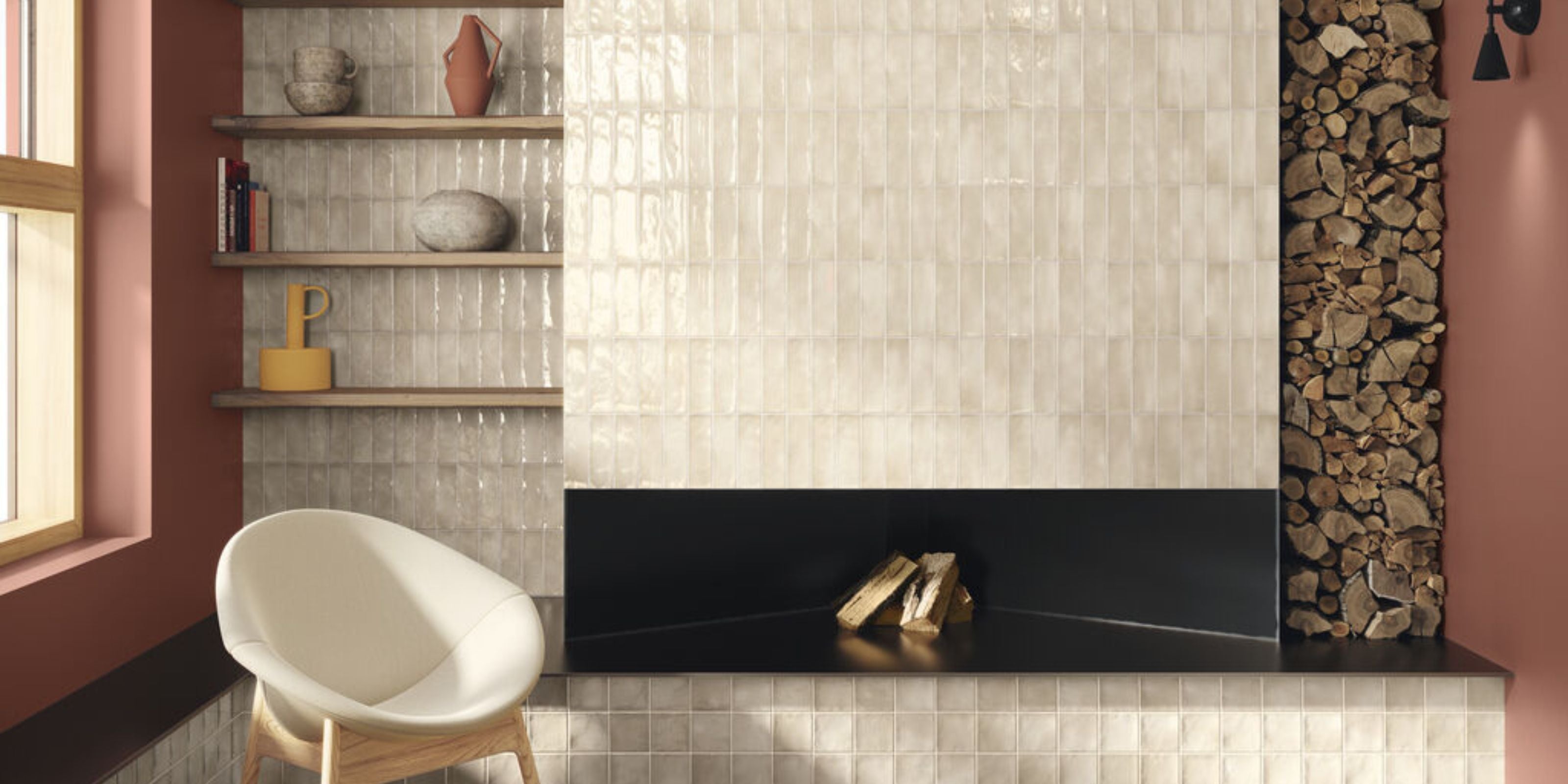
Pre-Cleaning Preparation
Before you begin the cleaning process, it’s important to prepare your tiles and the surrounding area for the best results. Start by removing any loose dirt, dust, or debris from the surface using a mop or vacuum cleaner. This step helps prevent scratching and makes the cleaning process more effective. For a deeper clean, prepare a combination of warm water and a cleaner that’s specifically designed for your type of tile. Always test your chosen cleaner on a small, inconspicuous area first to make sure it won’t damage the tile or grout. Don’t forget to wear protective gloves and eyewear when handling cleaning products to avoid skin or eye irritation. Taking these simple steps before you start cleaning will help you achieve a spotless, safe, and long-lasting result.
Best Cleaning Products for Each Tile Type
Different tiles need different care, especially when it comes to cleaning products. Using the wrong cleaner can scratch or dull the surface of your tiles. Here’s what to use:
Ceramic and Porcelain Tiles: These tiles are hardy and easy to clean. A simple mix of warm water and mild detergent works well. Avoid abrasive powders or scouring pads as they can damage the glazed finish.
Marble Effect Tiles: Marble is more delicate, so always choose a pH-neutral cleaner, which is required for proper maintenance. Acidic products like vinegar or lemon juice can etch and damage the surface over time.
Granite Tiles: Although tougher than marble, granite should still be cleaned using a pH-neutral cleaner, which is also required to protect its natural finish. Avoid harsh chemicals and stick to warm water for regular maintenance.
Grout Lines: For grout, a specialised grout cleaner works best. Alternatively, you can mix hydrogen peroxide and baking soda to lift dirt and mildew naturally.
Regardless of your tile type, always apply a small amount of any new cleaning solution on a hidden section first to ensure it doesn’t cause damage.
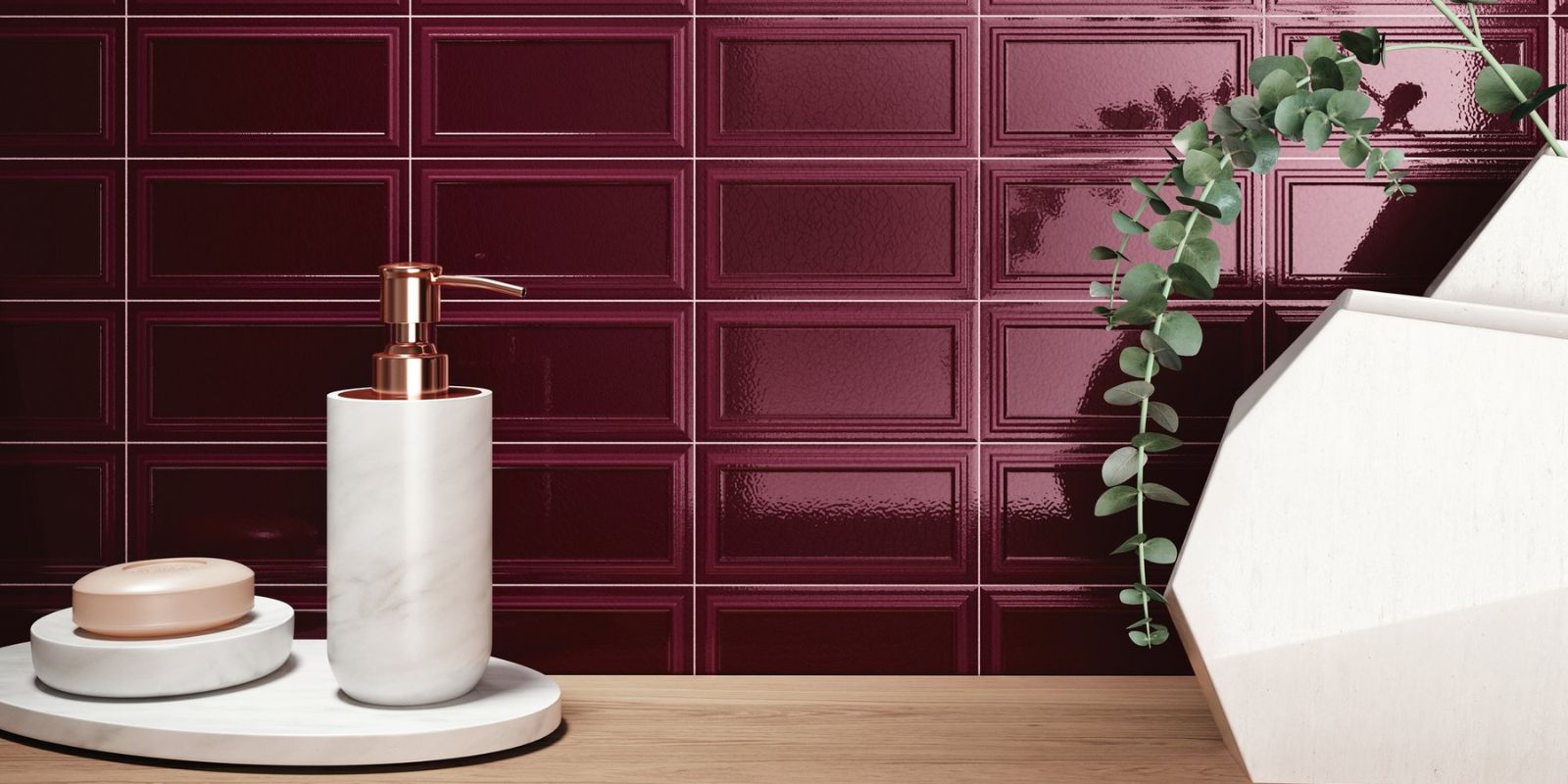
Special Care for Light-Coloured Tiles
White, cream, and other light-coloured tiles highlight dirt and stains more visibly than darker tiles. To maintain their bright appearance and keep your space looking clean and inviting:
- Wipe spills immediately to prevent staining, as liquids can quickly soak into the surface or grout, leaving lasting marks.
- Use soft cloths or non-abrasive sponges to avoid scratching or dulling the tile finish, which is especially important for polished or glazed surfaces.
- Clean more frequently to keep them looking fresh, as dust, dirt, and grime show up more prominently on lighter shades.
- Consider sealing light-coloured grout lines to create a protective barrier against dirt and moisture, which helps reduce discolouration and mould growth.
- For stubborn stains, use gentle, pH-neutral cleaners formulated for your tile type to avoid damaging the surface while effectively removing marks.
Light-coloured grout also requires more regular attention, as dirt and mould can discolour it over time. Regularly scrubbing grout lines with a soft brush and a suitable grout cleaner can keep them bright and hygienic, preserving the overall look of your tiled surfaces.

Basic Tile Cleaning vs. Deep Cleaning
Basic Tile Cleaning:
Basic tile cleaning involves regularly wiping tiles with warm, soapy water and drying them to prevent water spots. This removes everyday dirt and light grime without damaging the surface, helping maintain the tile’s appearance and preventing build-up.
Deep Cleaning:
Deep cleaning targets stubborn dirt and grime, especially in grout lines and textured surfaces. It uses steam cleaners, specialised solutions, and brushes to restore tiles’ original brightness. Recommended once or twice a year, deep cleaning keeps tiles hygienic and extends their lifespan, especially in high-traffic or moisture-prone areas.
Combining both cleaning methods ensures your tiles stay clean, fresh, and well-maintained over time.
Cleaning Stone Surfaces
Stone surfaces such as marble, slate, and cement add a touch of elegance to any space, but they require special attention to maintain their beauty. When cleaning stone, always use a cleaner that’s specifically formulated for stone surfaces ideally, a pH-neutral product that won’t damage the material or leave behind residue. For stubborn stains, a combination of cleaner and gentle heat can be effective, but it’s essential to test a small area first to ensure the process won’t harm the surface. Avoid using harsh chemicals or abrasive tools, as these can lead to etching or permanent marks. Regular cleaning and prompt removal of spills will help extend the life of your stone surfaces, keeping them looking polished and pristine for years to come.


